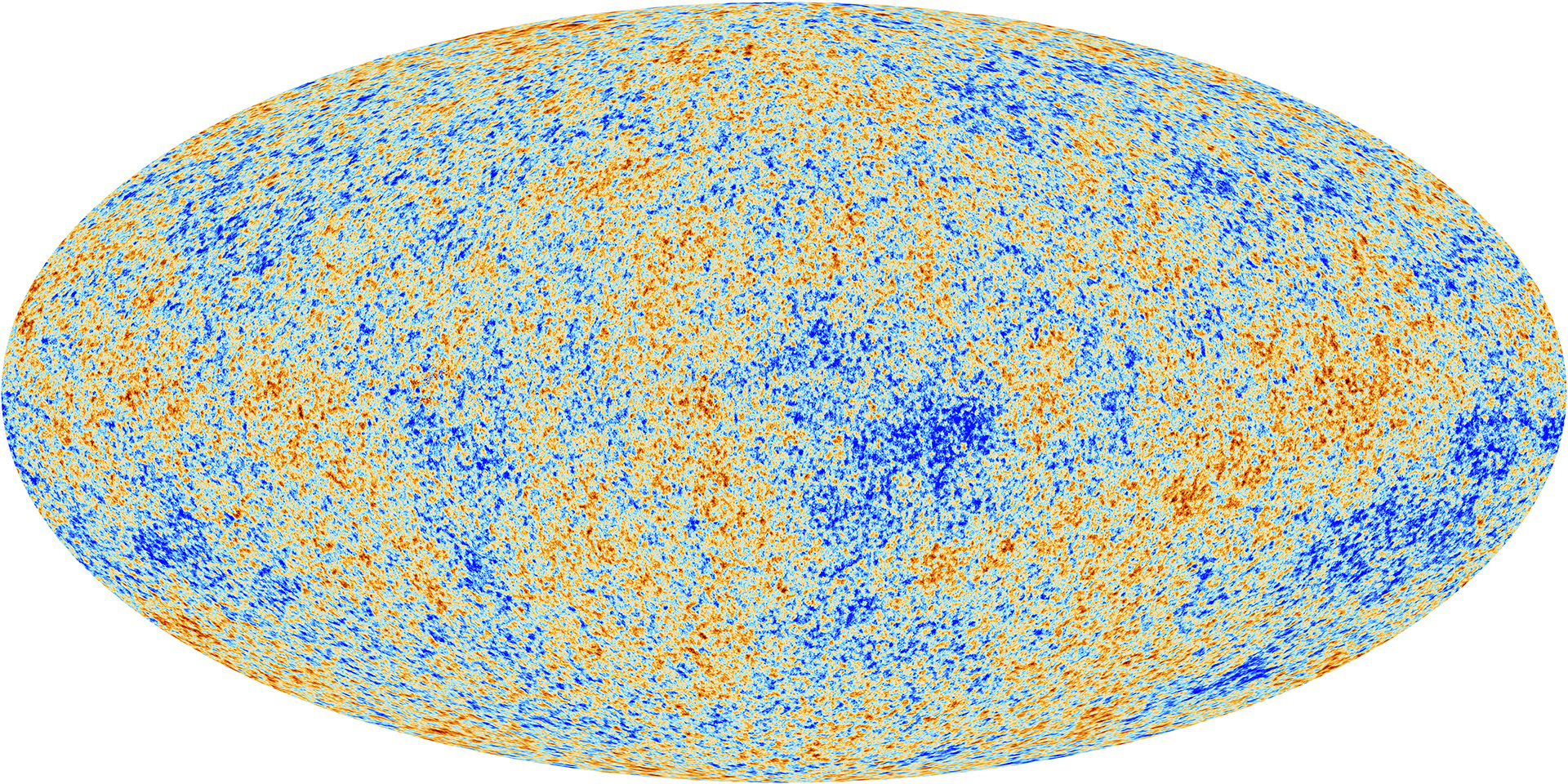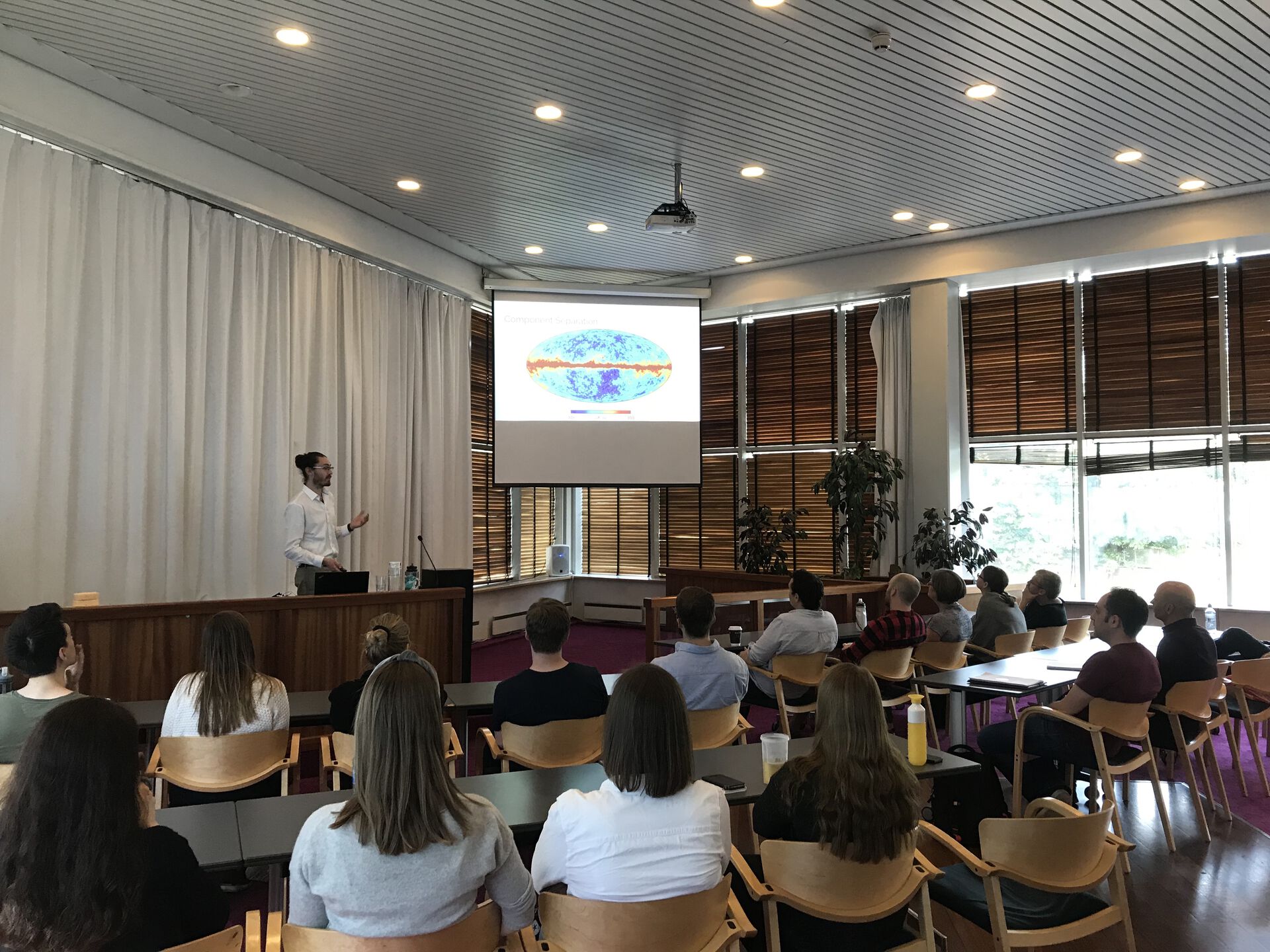In August 2019 the Institute of Theoretical Astrophysics (ITA) welcomed on board Daniel Herman, new PhD student in the Cosmology and Extragalactic Astronomy research group.
Daniel comes from Minnesota, United States, where he did his bachelors of the arts in physics, and participated in astronomy research at Luther College from 2014-2016.
– I worked analyzing data of the Open Cluster M23, searching for transient events for the 1600 stars within the field of view, Daniel tells.
In Minnesota, Daniel gained many years of experience in working with at risk youth within low-income areas around Minnesota. He also spent two summers working as a camp counselor.
An old acquaintance at ITA
Daniel completed his master’s degree here at ITA in May 2019, participating in research under prof. Ingunn Wehus with the Cosmoglobe project.
– My master’s degree focused on implementing and analyzing different models of Galactic thermal dust emission to help with Cosmic Microwave Background (CMB) analysis.
– I began my PhD in August 2019, continuing under Ingunn, this time with more focus on the low frequency end of CMB analysis, particularly working with Anomalous Microwave Emission.

A clean view of the cosmic signal
Daniel's research contributes in separating the foreground signal from the Milky Way from the cosmological background signal, the electromagnetic radiation relic from a early stage of the Universe.

– My main focus is to help apply physically motivated models for Galactic foreground emission, such that we can successfully account for Galactic emission in both intensity and polarization to clean up our view of the CMB as the search for the elusive CMB B-modes continues into the future, he explains.
– How will you accomplish that?
– I will collaborate with astrophysical modelers abroad to help integrate their models into our analysis pipeline. This involves close communication and a lot of coding in order to ensure that all parties involved are able to implement models, interpret results and improve future modelling efforts.
Quality science and healthy lifestyle
Daniel finds Norway an incredibly beautiful country for its particularly supportive education system.
– The focus on producing quality scientific results, while still maintaining a positive, healthy lifestyle was quite attractive, he comments.
– What is your experience at ITA so far?
– So far, the community has been welcoming and supportive, while keeping a level of passive-aggression that reminds me of home.
– Any expectations?
– I tend not to be one for setting much for expectations, however I believe that working here will help kick-start my career as an independent researcher. For Oslo, the opportunities to dive directly into the woods or the fjord offer unique possibilities for exploring my personal interests outside of my work-life.
